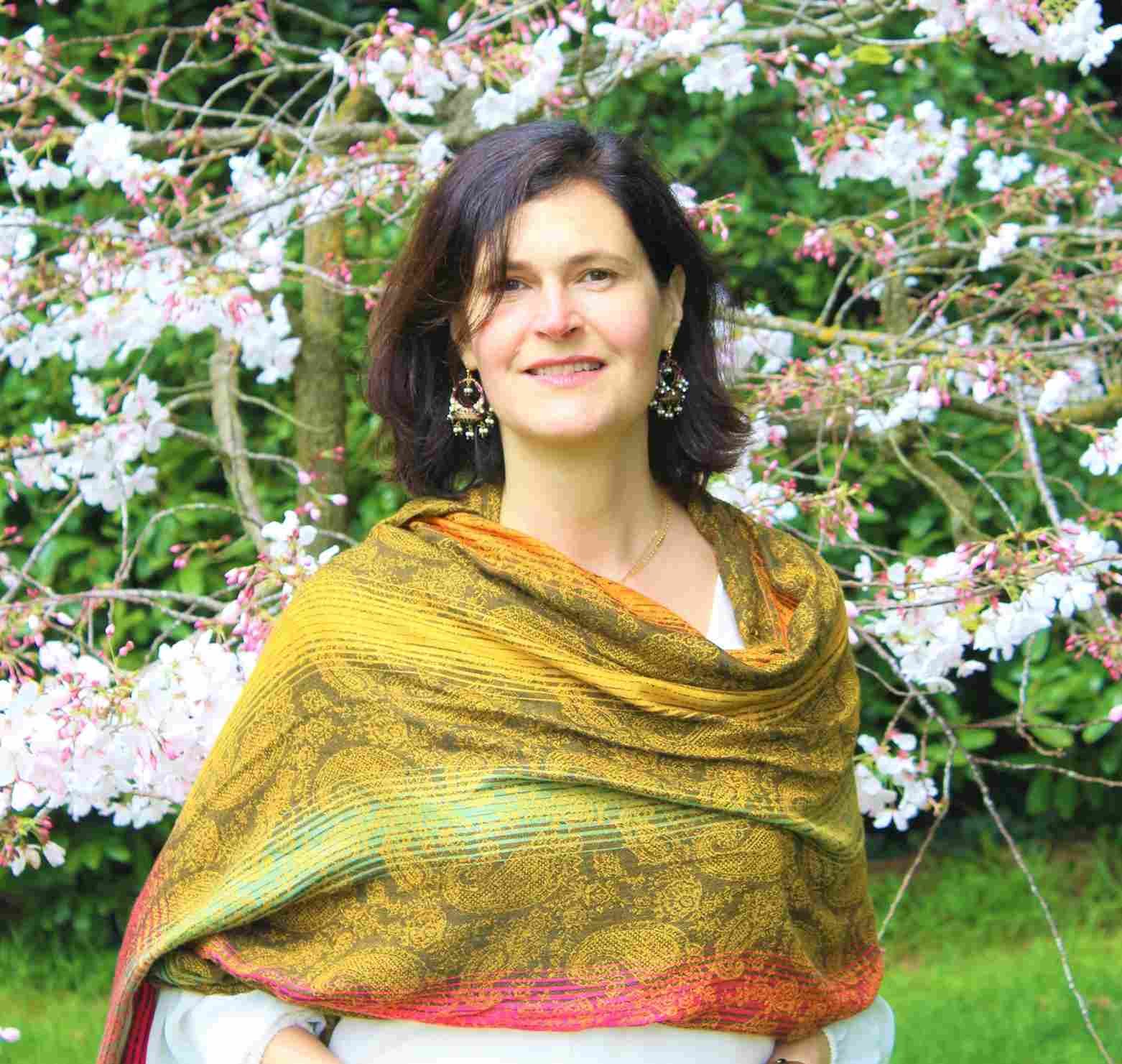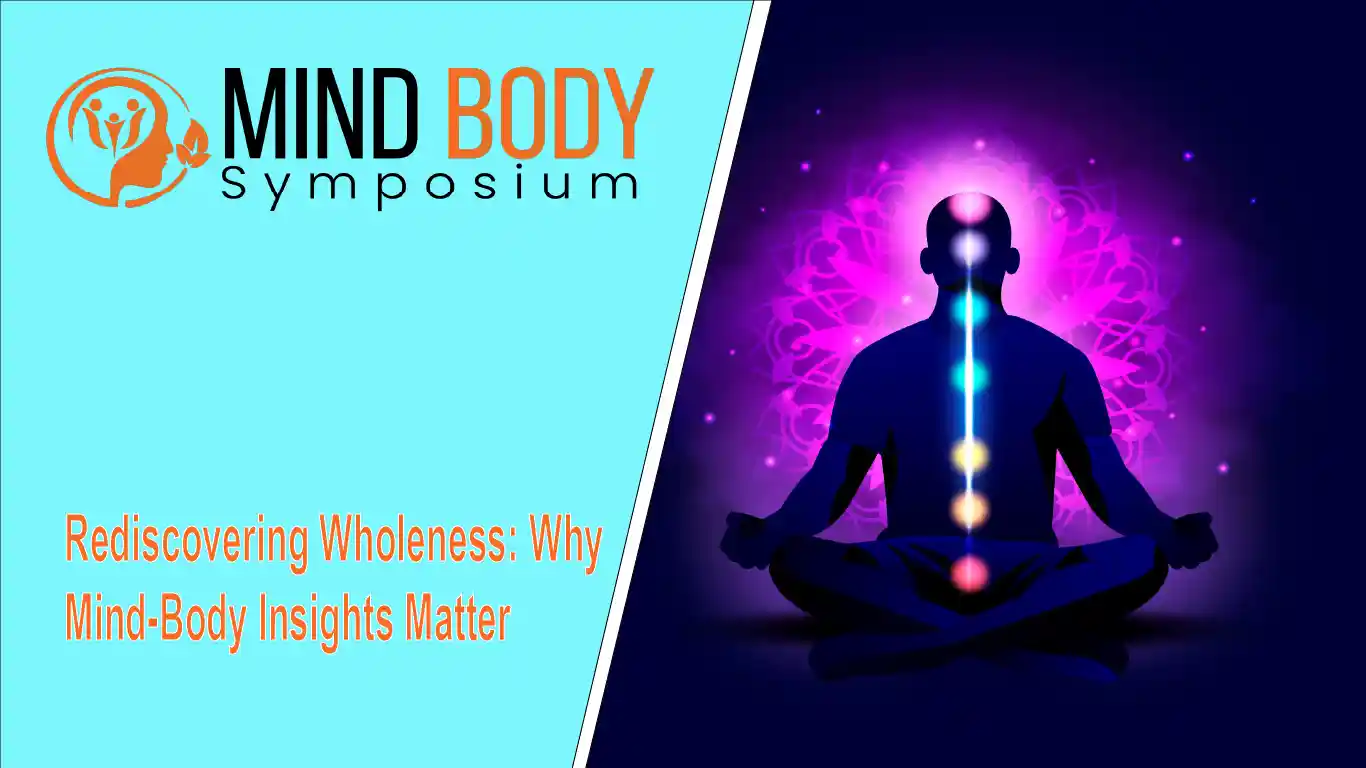There’s something quietly compelling about the idea that our minds and bodies aren’t separate—that they talk, influence, even heal one another. It’s a simple gesture, really: we sigh when we’re tired, or our heartbeat races when we’re anxious. But this connection is more than habit—it’s foundational, and only recently, science is beginning to catch up.
Beyond the Mind/Body Divide
For centuries, Western medicine treated the mind and body as separate—mental and physical illnesses lived in different boxes. Yet, recent research shows that’s not only outdated—it’s harmful.
Take Camilla Nord’s experience: after receiving a temporary steroid injection for chronic foot pain, the relief lasted nearly a decade. It wasn’t just pain management—it rewired her brain, laying a new path for healing The Guardian. Stories like hers show how tightly our emotional states and physical symptoms intertwine.
Healing Holistically
This isn’t just about recognizing the mind-body link—it’s about integrating it into our practices. Events that explore meditation’s neurological effects, mindfulness-based interventions for chronic disease, or gratitude’s physical impact on the immune system bring real-world relevance to this.
Even in clinical settings, acknowledging the mind’s role alongside the body’s can shift outcomes. After all, healing isn’t always about fixing parts—it’s about restoring systems.
Science Meets Everyday Life
Imagine a symposium where neuroscientists, clinicians, and wellness advocates converge—not as distant experts, but as curious humans, exploring how mindfulness, meditation, or even yoga can influence brain function or emotional resilience.
These gatherings are less about ivory-tower dissertations and more about gentle revelations: learning how stress imprints on neurons, or how breathing can calm a storm in the body.
Capturing the Journey
Big events, powerful talks, or quiet breakthroughs—these moments deserve preserving. A photo collage of a symphony between speakers, participants practicing meditation, and candid post-lecture smiles can become more than a memory. It becomes a visual tapestry of transformation—proof that mind-body healing isn’t theoretical; it’s lived.
Why It Matters
In a world of fast fixes and compartmentalized care, embracing mind-body wisdom feels radical. It reminds us that healing is personal, layered, and deeply human. Knowing that a thought can soothe pain, that breath can rewire fear, gives us access to tools we carry in our bodies already—tools we just need to remember how to use.
Final Thought
Restoring the mind-body connection isn’t arcane—it’s liberation. Whether it’s through meditation reshaping neural pathways or simple rituals like mindful breathing easing daily stress, reclaiming that unity is one of the most human acts. And when we share those stories, in person or through a photo collage, we pass along more than mind-body insights—we pass along hope.

Integrative Researcher in the field of Psychology, Spirituality and Religion, Professor of Integral Psychology and Spiritual Counseling, Bilingual Psychotherapist.

